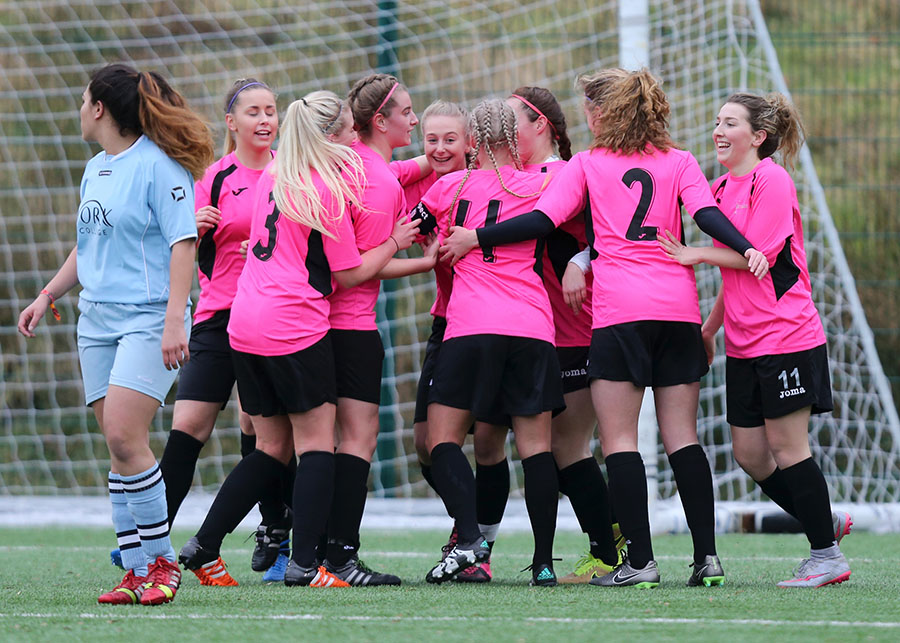How a top league consultancy used Synthetron to address diversity and improve female consultants’ retention.
Situation
A top league consultancy was concerned about the high staff turnover of its female consultants just before they became partner.
They had appointed a diversity manager to solve this retention challenge, because they felt they did not adequately address diversity.
Hence, they wanted to understand the drivers of the high turnover, and how to keep this group engaged.
Approach
Two separate Synthetron sessions were set up: one for male, and one for females consultants, all potentially becoming partner in the next 3 years. The script that we developed with the client was the same for both discussions.
The question script was developed with representatives of the client and of Synthetron, it addressed 3 main topics:
• Identifying the employee value proposition that consultants had in mind when joining the company (the reasons and ambitions).
• The current satisfaction of the job/company (motivators and currently perceived motivators and tension points).
• The future ambitions and expectations.
In the discussion particular attention was given to understanding the triggers. When and how did tension points become breaking points? And, what measures could be co-created that would prevent this from happening?
The anonymity and safe space of the Synthetron discussion insured that everybody could freely speak their minds. 90% of the target group female consultants and 60% of the much larger group of male consultants joined their respective discussions.
Discovery
Synthetron consultants analysed the discussion data. They created a concise segmented report, comparing the insights of the two discussions – male and female consultants – in a grid of drivers, distractions and retention solutions.
The outcome demonstrated that both groups had very distinct sets of motivation, tension points, and retention factors.
This output has made the organisation decide to fundamentally differentiate its HR policy towards both groups with a more menu type of approach (balancing between learning , care policy, part time or flexibility …etc).
This led to adapted career paths. This made them more effective and simultaneously avoided give away to one or the other group. The results of the Synthetron were reported internally to all participants.



